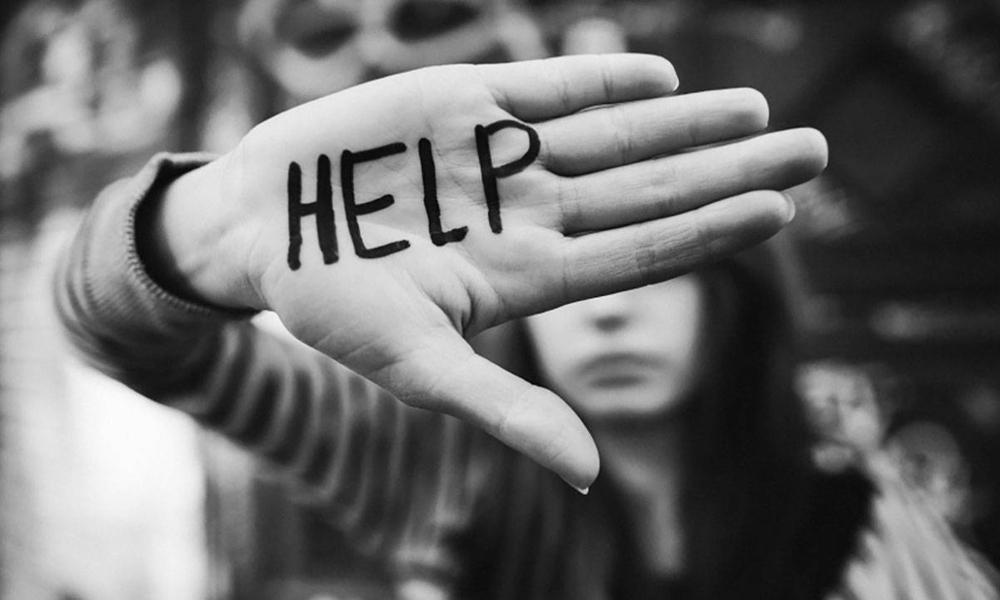
- Talking about or making references to suicide. Some statements may be direct and declarative (e.g., "I'm going to kill myself"), while others may be more vague (e.g., "I don't know how much longer I can take this," "It won't matter soon," "Everyone would be better off without me"). All such statements must be taken seriously.
- History of past suicide threats or attempts. All studies agree that one of the warning signs for death by suicide is a past suicide attempt and that the more serious and lethal the past attempt, the more serious the current risk.
- Developing a plan and/or obtaining the means (e.g., buying a firearm, collecting pills) to complete suicide. A student who has developed a plan to complete suicide or collected the items necessary to carry out a plan should be considered at heightened risk for suicide.
- Recent significant failures, rejections, or losses (e.g., ending of a relationship, family problems, death of an important person, financial problems, some traumatic event). The impending or actual loss of a romantic relationship seems to be particularly traumatic for many students, with feelings of being overwhelmed and distraught increasing the risk that students may act impulsively to end their emotional pain.
- Helplessness/hopelessness (e.g., person may be unable to see a future without intense, interminable pain and suffering; nothing will get better, nothing will ever change). Students who see their life as an endless road of suffering that they can do nothing about are much more likely to think about taking an early exit ramp of their own making.
- Impulsive, reckless, or risky behavior. Individuals who display such behaviors are more likely to act out on suicidal impulses. In fact, people who die by suicide are often described by those who know them as "wild" and "willing to do anything" and "the life of the party".
- Changes in academic performance such as skipping classes, failing grades, falling behind, etc. A sudden worsening of school performance in which a typically good student starts ignoring assignments and cutting classes may indicate a student is in distress.
- Abuse of alcohol and/or drugs. Research suggests that the abuse of substances plays a role in the majority of completed suicides, especially drugs that act as depressants (e.g., alcohol).
- Withdrawal from people and previously enjoyed activities. Students struggling with mental health issues and/or suicide often isolate themselves, even from their friends and family. Even when they are in the middle of a group of friends, they may feel psychologically isolated and alone. Activities they used to enjoy no longer excite them. As a result, their world may become more and more limited and confined.
- Changes in eating patterns (e.g., loss of or increased appetite) and/or sleeping habits (e.g., insomnia or oversleeping). Changes in both eating and sleeping patterns are associated with mental health problems like depression and anxiety disorders that increase the risk of suicide.
- Changes in personality (e.g., more noticeably sad, irritable, anxious, indecisive, apathetic, etc.). A sudden change in personality or dramatic mood swings in which a student becomes sullen, withdrawn, or angry without apparent reason may suggest that personal problems are overwhelming the person's coping abilities, with suicide seen as an option to end the distress. Also of note, is a shift from being very down and isolated to the "life of the party." This may reflect the person's sense that their pain (physical, emotional, mental) will be ending soon, as they have made the decision to attempt suicide.
- Has experienced the loss of a close family member or friend to suicide. Research suggests that suicidal behavior is much higher among people who have first degree relatives or close friends who have taken their own life through suicide.
